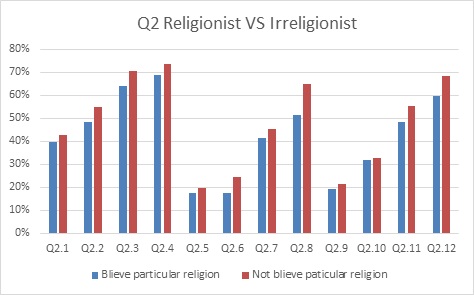Team:Kyoto/Humanpractice/Data
From 2013.igem.org
| Line 148: | Line 148: | ||
Student permit using living things for experiments than the other .<br> | Student permit using living things for experiments than the other .<br> | ||
Student N=138 Other N=114<br> | Student N=138 Other N=114<br> | ||
| - | <br><br> | + | <html lang=ja> |
| + | <head> | ||
| + | <meta charset="UTF-8"> | ||
| + | <title>folding2 | ||
| + | </title> | ||
| + | <SCRIPT language="JavaScript"><!-- | ||
| + | document.write('<STYLE TYPE="text/css">DIV.tuzukiwakuF{z-index:3;position:absolute;background-color:#fff0f5;filter:alpha(opacity=90);opacity:0.9;}</STYLE>'); | ||
| + | function hiraku(geID){ //?J?? | ||
| + | document.getElementById(geID).style.display = "block"; | ||
| + | } | ||
| + | function tatamu(geID){ //?????? | ||
| + | document.getElementById(geID).style.display = "none"; | ||
| + | } | ||
| + | function kakusi(geID){ //?B?? | ||
| + | document.getElementById(geID).style.visibility = "visible"; | ||
| + | } | ||
| + | function irokae(geID){ //?F???? | ||
| + | document.getElementById(geID).style.color = '#000000'; | ||
| + | } | ||
| + | |||
| + | |||
| + | function ot_hiraku(geID,geIDB1,geIDB2){ | ||
| + | document.getElementById(geID).style.display = "block"; | ||
| + | document.getElementById(geIDB1).style.display = "none"; | ||
| + | document.getElementById(geIDB2).style.display = "inline"; | ||
| + | } | ||
| + | |||
| + | function ot_tatamu(geID,geIDB1,geIDB2){ | ||
| + | document.getElementById(geID).style.display = "none"; | ||
| + | document.getElementById(geIDB1).style.display = "inline"; | ||
| + | document.getElementById(geIDB2).style.display = "none"; | ||
| + | } | ||
| + | |||
| + | mapw=0;maph=0; | ||
| + | function Map(){ | ||
| + | window.top.f2.map.style.visibility = "visible"; | ||
| + | if(maph >=400){ | ||
| + | window.top.f2.map.style.width = 400; | ||
| + | window.top.f2.map.style.height = 400; | ||
| + | }else{ | ||
| + | mapw += 10; | ||
| + | maph += 10; | ||
| + | window.top.f2.map.style.width = mapw ; | ||
| + | window.top.f2.map.style.height = maph ; | ||
| + | window.setTimeout("Map()", 20); | ||
| + | } | ||
| + | } | ||
| + | |||
| + | function MapD(){ | ||
| + | if(maph <=0){ | ||
| + | window.top.f2.map.style.visibility = "hidden"; | ||
| + | }else{ | ||
| + | mapw -= 10; | ||
| + | maph -= 10; | ||
| + | window.top.f2.map.style.width = mapw ; | ||
| + | window.top.f2.map.style.height = maph ; | ||
| + | window.setTimeout("MapD()", 20); | ||
| + | } | ||
| + | } | ||
| + | //--></SCRIPT> | ||
| + | <NOSCRIPT> | ||
| + | <STYLE TYPE="text/css"><!-- | ||
| + | DIV.tuzukiwaku{display:block;color:#ffffff;} | ||
| + | DIV.tuzukiwaku1{visibility:visible;color:#ffffff;} | ||
| + | DIV.tuzukiwakuF{display:block;color:#ffffff;} | ||
| + | --></STYLE> | ||
| + | </NOSCRIPT> | ||
| + | |||
| + | </head> | ||
| + | <body> | ||
| + | |||
| + | <BR> | ||
| + | <A HREF="JavaScript:hiraku2('continueK');">??Look at the questions</A><BR> | ||
| + | <DIV CLASS="tuzukiwaku" ID="tuzukiK"> | ||
| + | Q2.1 Subjects are killed in the experiment, but it can save people in disease.<br> | ||
| + | Q2.2 Subjects can be killed in the experiment, but it can save people in disease.<br> | ||
| + | Q2.3 Subjects are not killed in the experiment but they never go back in nature. However, it can save people in disease.<br> | ||
| + | Q2.4 Subjects are only observed in nature and it can save people in disease. <br> | ||
| + | Q2.5 Subjects are killed in the experiment, but it can improve our life.<br> | ||
| + | Q2.6 Subjects can be killed in the experiment, but it can improve our life.<br> | ||
| + | Q2.7 Subjects are not killed in the experiment but they never go back in nature. However, it can improve our life.<br> | ||
| + | Q2.8 Subjects are only observed in nature and it can improve our life.<br> | ||
| + | Q2.9 Subjects are killed in the experiment, but it can advance science.<br> | ||
| + | Q2.10 Subjects can be killed in the experiment, but it can advance science.<br> | ||
| + | Q2.11 Subjects are not killed in the experiment but they never go back in nature. However, it can advance science.<br> | ||
| + | Q2.12 Subjects are only observed in nature and it can advance science. | ||
| + | <BR> | ||
| + | <A href="JavaScript:tatamu2('continueK');">close</A> | ||
| + | </DIV> | ||
| + | </body> | ||
| + | </html><br><br> | ||
[[File:Q2 generetion.jpg]]<br> | [[File:Q2 generetion.jpg]]<br> | ||
Revision as of 00:20, 28 September 2013
count down
Q1 Have you ever thought about experiments using living things?
1Yes 2No
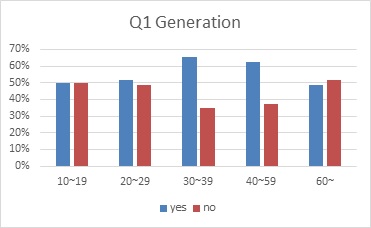
Fig1.A comparison by generation
the number of 20s to 50s people who chose yes is larger than that of other generation.
10~19 N=92 20~29 N=68 30~39 N=26 40~59 N=32 60~=33
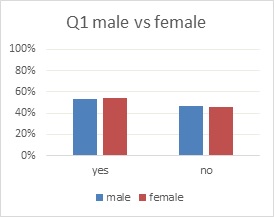
Fig2.A comparison between male and female
There does not seem to be much difference.
male=111 female=141
Fig3.A comparison between peaple who have specific religion and peaple who do not.
There does not seem to be much difference.
Believe particular religion N=126 Not believe particular religion N=126
Q2 Do you think these experiments using living-creatures are permissible? Please give X as many as you think it is permissible.
1 check
2 no check
Q2.1 Subjects are killed in the experiment, but it can save people in disease.
Q2.2 Subjects can be killed in the experiment, but it can save people in disease.
Q2.3 Subjects are not killed in the experiment but they never go back in nature. However, it can save people in disease.
Q2.4 Subjects are only observed in nature and it can save people in disease.
Q2.5 Subjects are killed in the experiment, but it can improve our life.
Q2.6 Subjects can be killed in the experiment, but it can improve our life.
Q2.7 Subjects are not killed in the experiment but they never go back in nature. However, it can improve our life.
Q2.8 Subjects are only observed in nature and it can improve our life.
Q2.9 Subjects are killed in the experiment, but it can advance science.
Q2.10 Subjects can be killed in the experiment, but it can advance science.
Q2.11 Subjects are not killed in the experiment but they never go back in nature. However, it can advance science.
Q2.12 Subjects are only observed in nature and it can advance science.
Fig4.A comparison between people who have specific religion and people who do not.
People who do not have specific religion permit using living things for experiments than people who have specific religion.
Believe particular religion N=126 Not believe particular religion N=126
▼Look at the questions
Q2.2 Subjects can be killed in the experiment, but it can save people in disease.
Q2.3 Subjects are not killed in the experiment but they never go back in nature. However, it can save people in disease.
Q2.4 Subjects are only observed in nature and it can save people in disease.
Q2.5 Subjects are killed in the experiment, but it can improve our life.
Q2.6 Subjects can be killed in the experiment, but it can improve our life.
Q2.7 Subjects are not killed in the experiment but they never go back in nature. However, it can improve our life.
Q2.8 Subjects are only observed in nature and it can improve our life.
Q2.9 Subjects are killed in the experiment, but it can advance science.
Q2.10 Subjects can be killed in the experiment, but it can advance science.
Q2.11 Subjects are not killed in the experiment but they never go back in nature. However, it can advance science.
Q2.12 Subjects are only observed in nature and it can advance science.
close
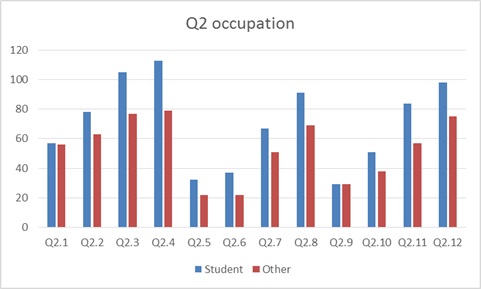
Fig5.A comparison between student and the other.
Student permit using living things for experiments than the other .
Student N=138 Other N=114
??Look at the questions
Q2.2 Subjects can be killed in the experiment, but it can save people in disease.
Q2.3 Subjects are not killed in the experiment but they never go back in nature. However, it can save people in disease.
Q2.4 Subjects are only observed in nature and it can save people in disease.
Q2.5 Subjects are killed in the experiment, but it can improve our life.
Q2.6 Subjects can be killed in the experiment, but it can improve our life.
Q2.7 Subjects are not killed in the experiment but they never go back in nature. However, it can improve our life.
Q2.8 Subjects are only observed in nature and it can improve our life.
Q2.9 Subjects are killed in the experiment, but it can advance science.
Q2.10 Subjects can be killed in the experiment, but it can advance science.
Q2.11 Subjects are not killed in the experiment but they never go back in nature. However, it can advance science.
Q2.12 Subjects are only observed in nature and it can advance science.
close
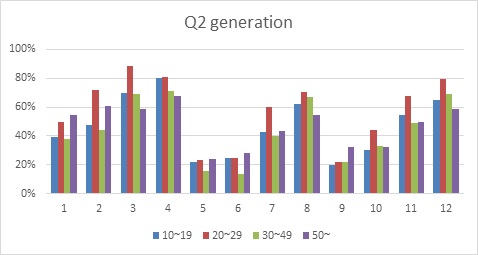
Fig6.A comparison by generation
20s permit using living things for experiments than other generation.
10~19 N=92 20~29 N=68 30~49 N=45 50~ N=46
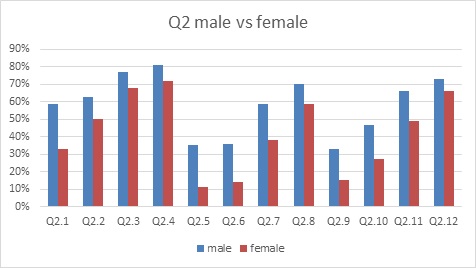
Fig7.A comparison between male and female
Male permit using living things for experiments than female.
male N=111 female N=141
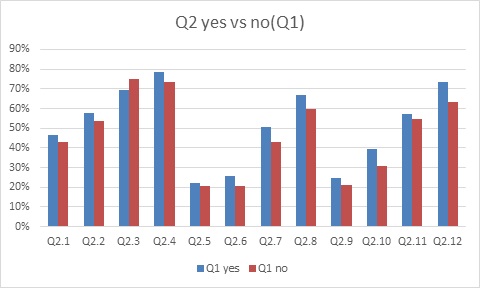
Fig8.A comparison between people who answered YES at Q1 and who answered NO.
There doesn't seem to be any difference.
Q1 yes N=135 Q1 no N=117
Q3 How much do you know about genetically modifying (GM) technology?
1 I know well.
2 I know only its name.
3 I do not know at all.
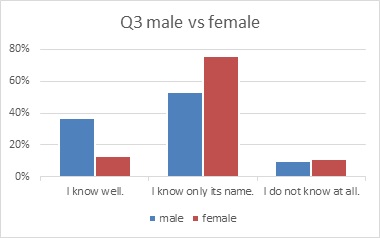
Fig9.A comparison between male and female
The propotion of males who answered "I kwow" about genetically modification (GM) is higher than that of females.
male N=173 female N=210
Q4 Do you think modifying creature’s gene is ethically permissible or not?
1 Yes, we can modify every creatures’ gene.
2 Partly yes, some can be but others are not.
3 No, any living things’ gene cannot be modified.
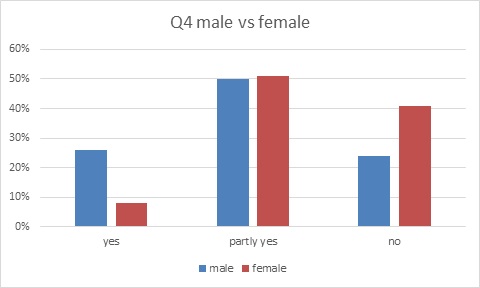
Fig10.
male N=204 female N=227
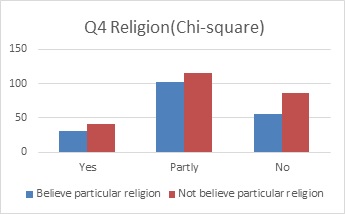
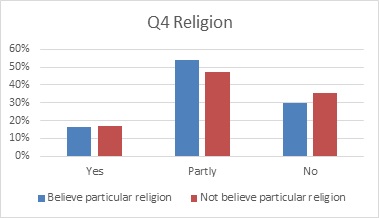
Fig11.
Belive particular religion N=242 Not believe particular religion N=189

Fig12.
Yes N=72 Partly yes N=217 no N=142
Q5 Who answered ‘partly yes’ to the fifth question, please answer this question. Which of these creatures’ gene can be modified? Please give X as many as you think it is permissible.
1 check
2 no check
Q5.1 Bacteria Q5.2 wheat Q5.3 honeybee Q5.4 killifish Q5.5 frog
Q5.6 chickens Q5.7 mouse Q5.8 dog Q5.9 monkey Q5.10 human beings
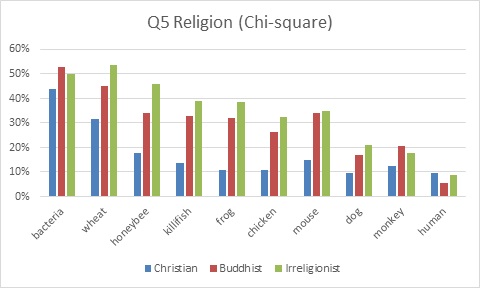
Fig13.The graph shows the difference according to religion.
The graph of Buddhist is almost the same with that of Irreligionist, which shows that the higher the animals are, the less people who thinks their genes can be modified.
From honey bee to human beings,Christian who thinks genetically modification is permitted takes up about 15%.
Chiristian N=71 Buddist N=105 Irreligionist N=189
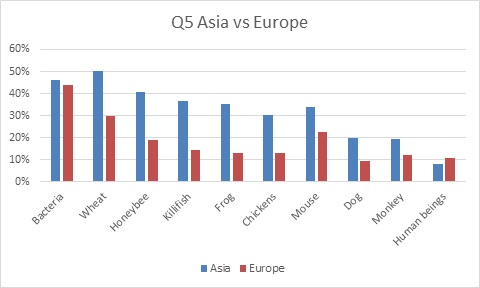
Fig14.A comparison between Asian and Europe.
The graph is similar with the one which compares between religions. The graph of Asian is similar to that of Buddhist and Irreligionist, while the graph of Europe is similar to that of Christian.
Asia N=332 Europe N=82
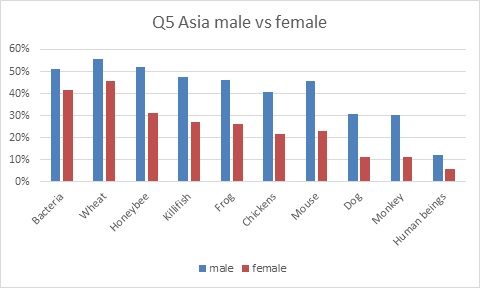
Fig15.A comparison between male and females in Asia.
This graph shows the difference between male and female from Asia.
The number of males who allow genetically modification is larger than that of females.
male N=150 female N=166
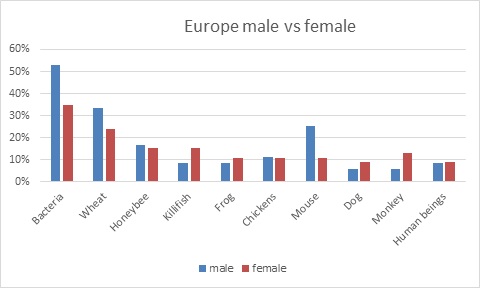
Fig16.A comparison between male and female in Europe.
The number of males who answered that genetically modification is admitted in E. coli and mice is larger than that of females. About other living things, there is no difference between male and female.
male N=30 female N=44
Conclusion
Q1
When we see fig?(?=該当するfigの番号) and fig? there doesn't seem any difference.
When we see fig? the number of 20s to 50s people who chose yes is larger than that of other generation.
Q2
The standard of the answer to this question is whether the answer places an importance on the profit they may gain through animal experiments, or the agony the animals feel through these experiments.
We asked whether animal experiments can be allowed from three points, “saving human beings”, “useful to our life”, “contribution to the development of science”
As a result, people who answered that animal experiment can be performed if it is for saving human beings was obviously larger than the other two points.
As for the difference by sex, male seems to be more generous to animal experiment, and place an importance on the profit of the human beings while female seem to place an importance on the animals’ pain.
When we compared by the salary or age, there seemed to be no significant difference.
(各設問のコメント記載)
(まとめ)
 "
"

